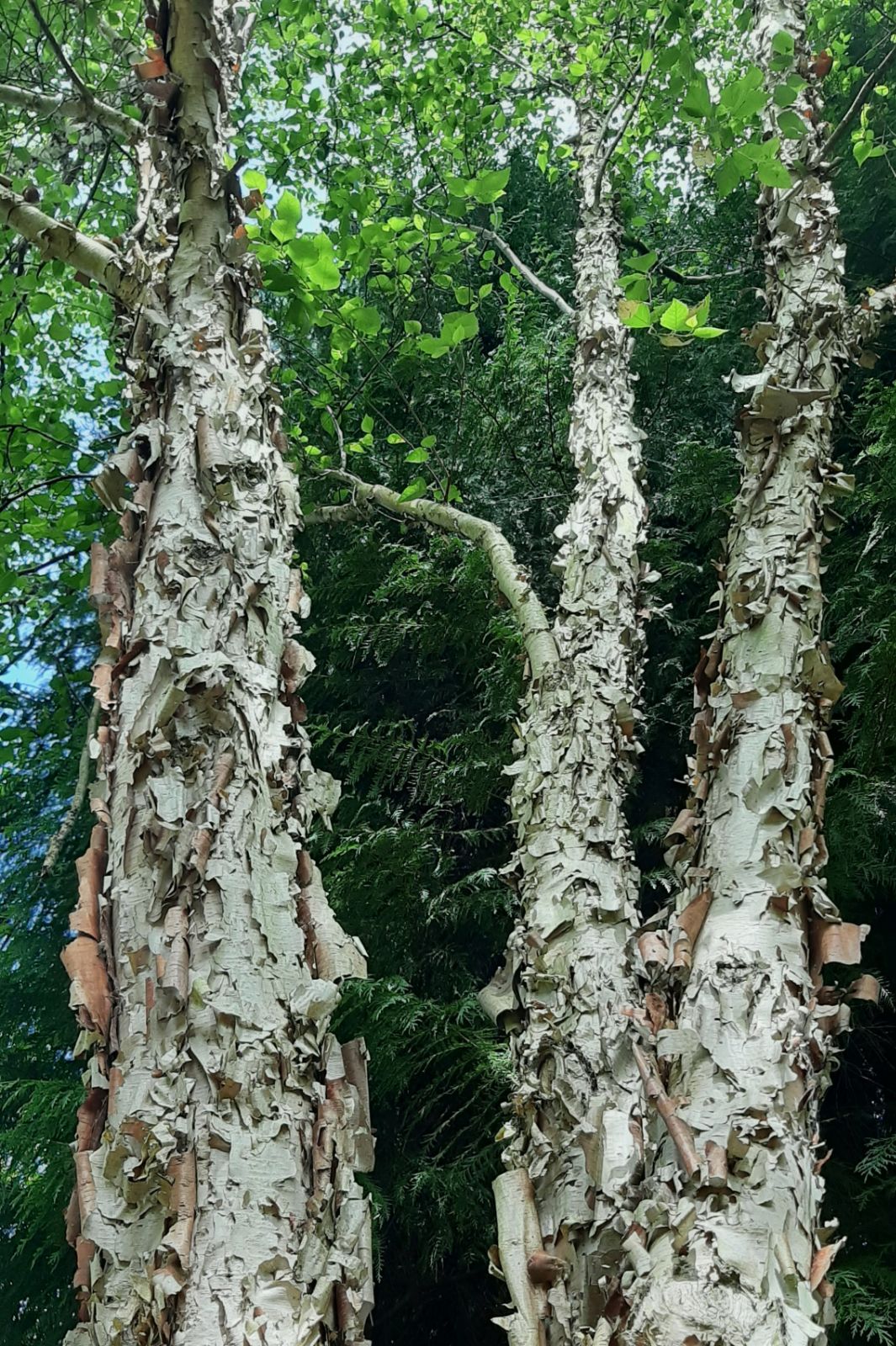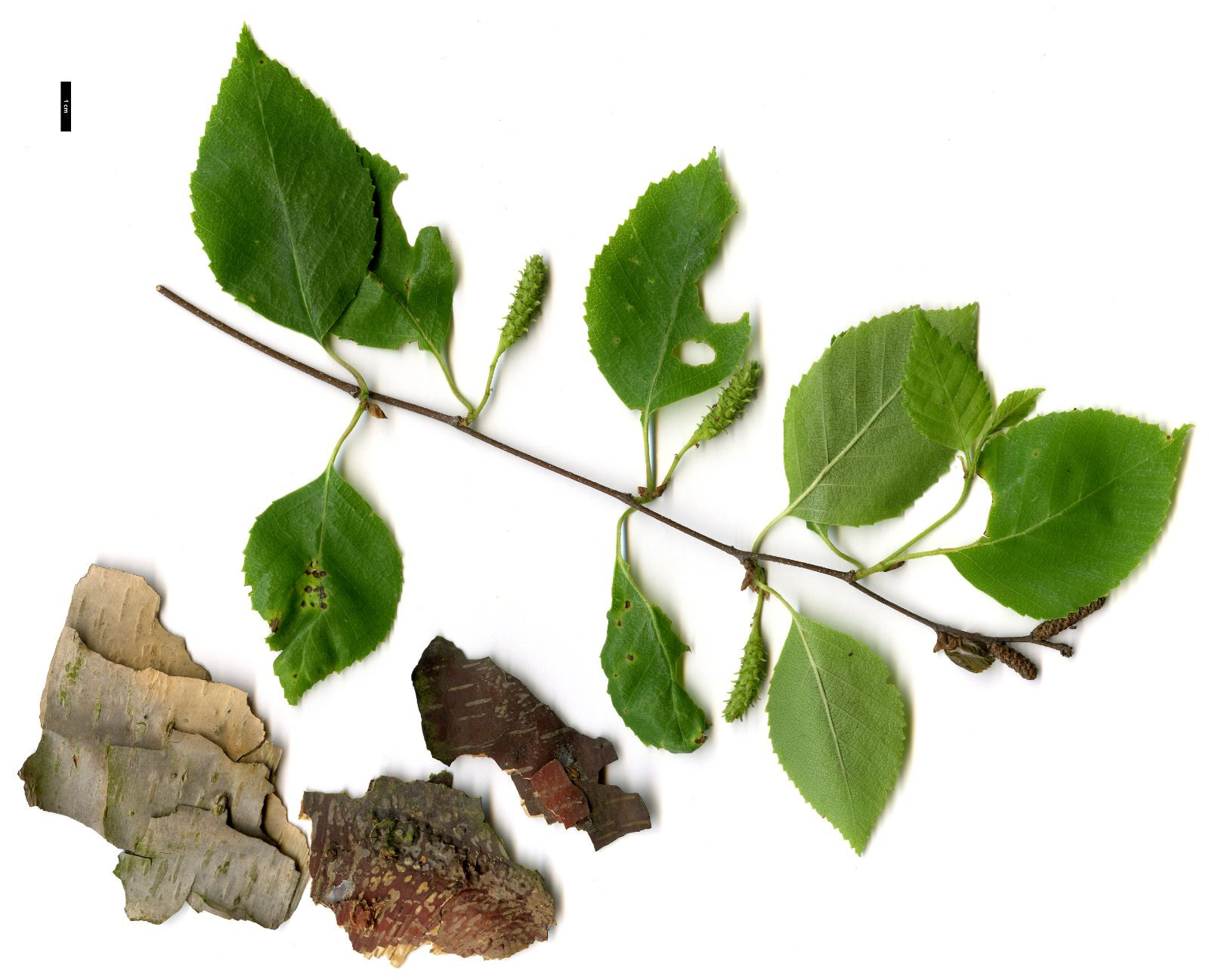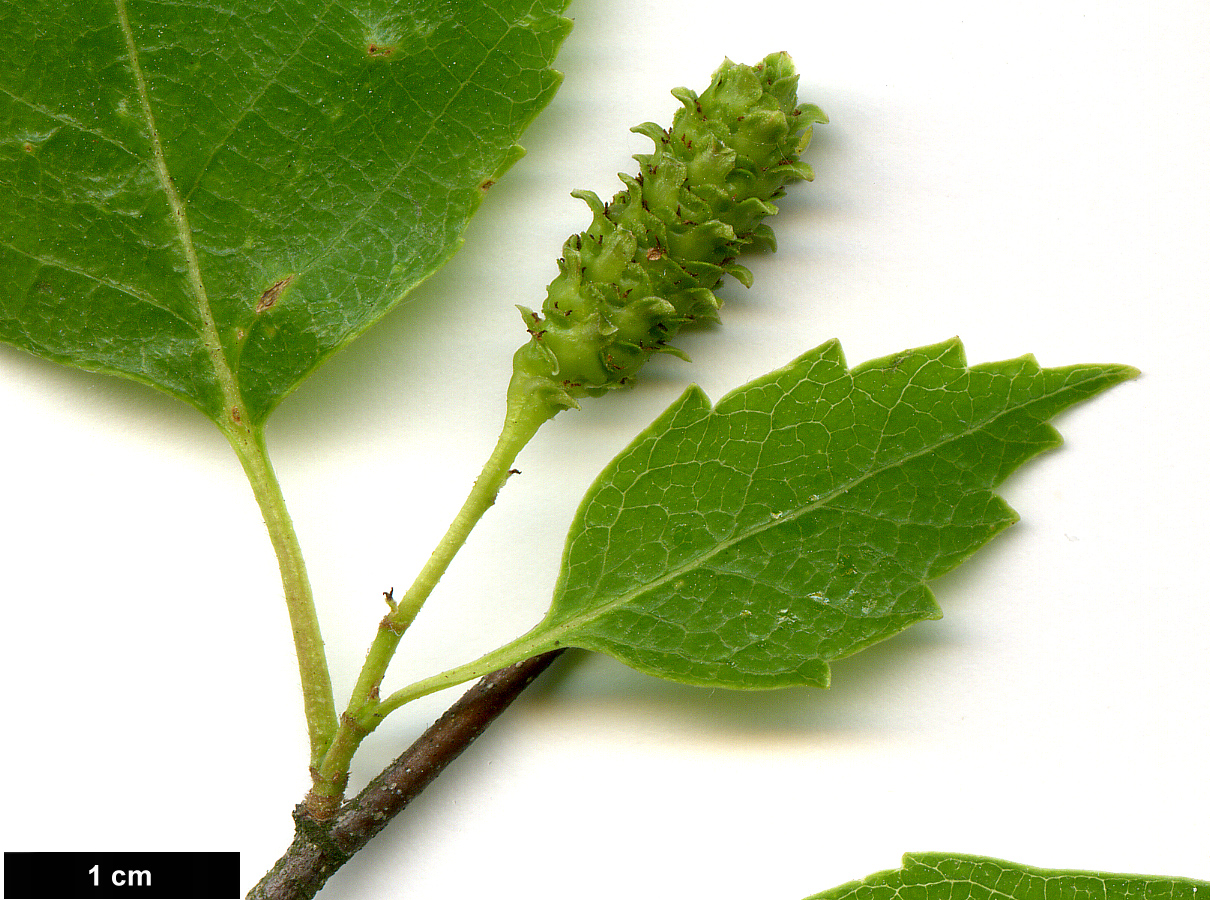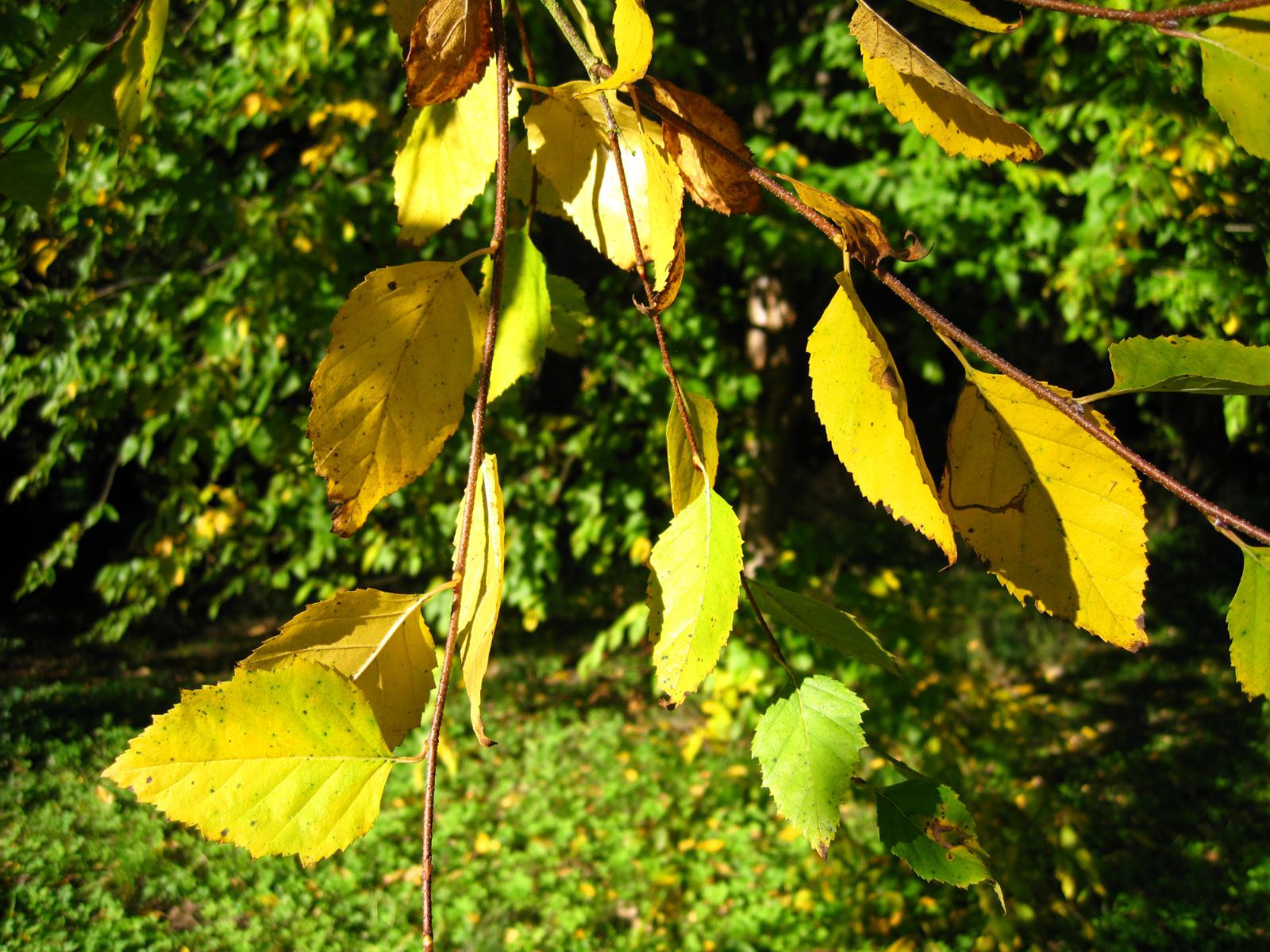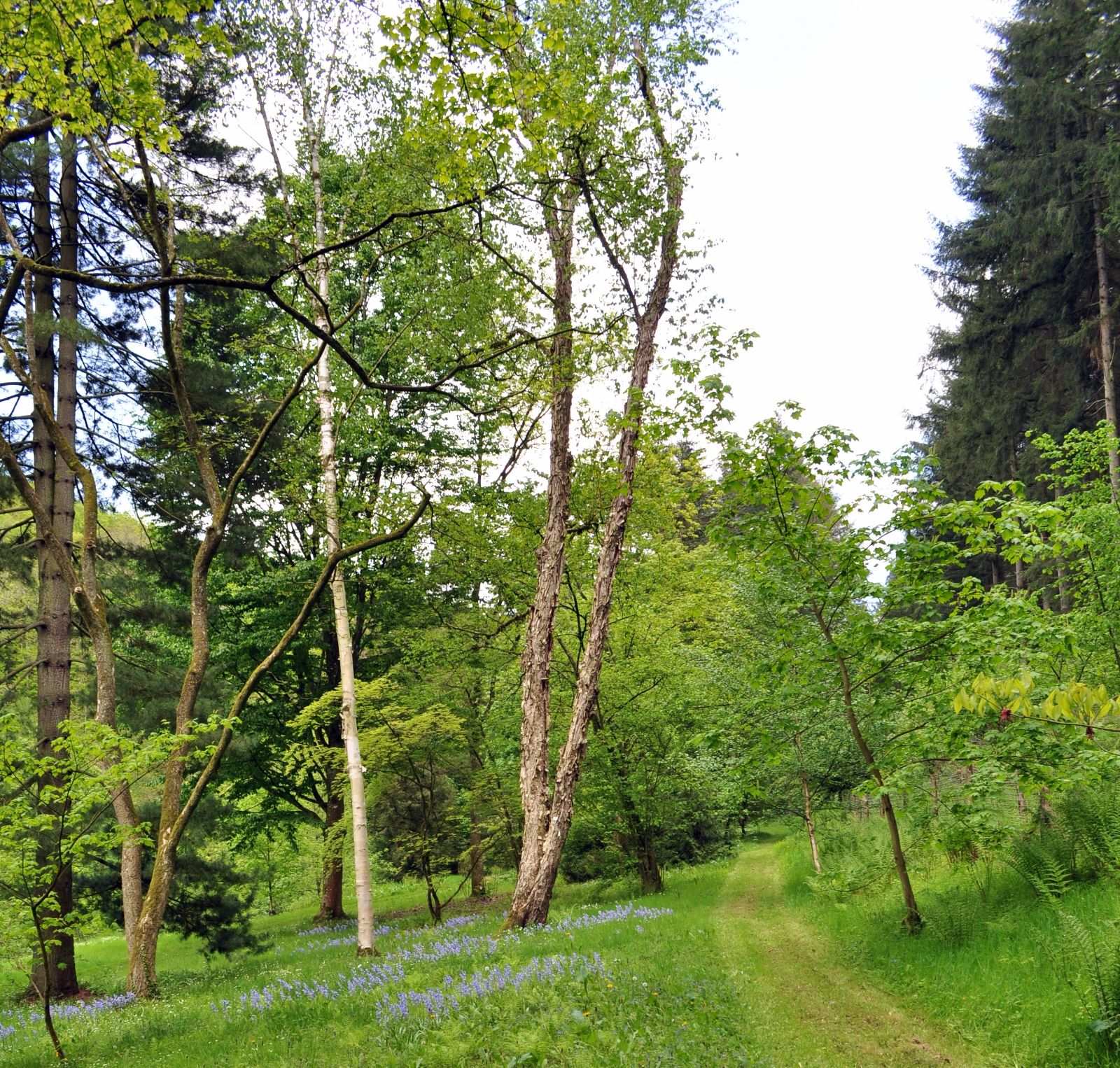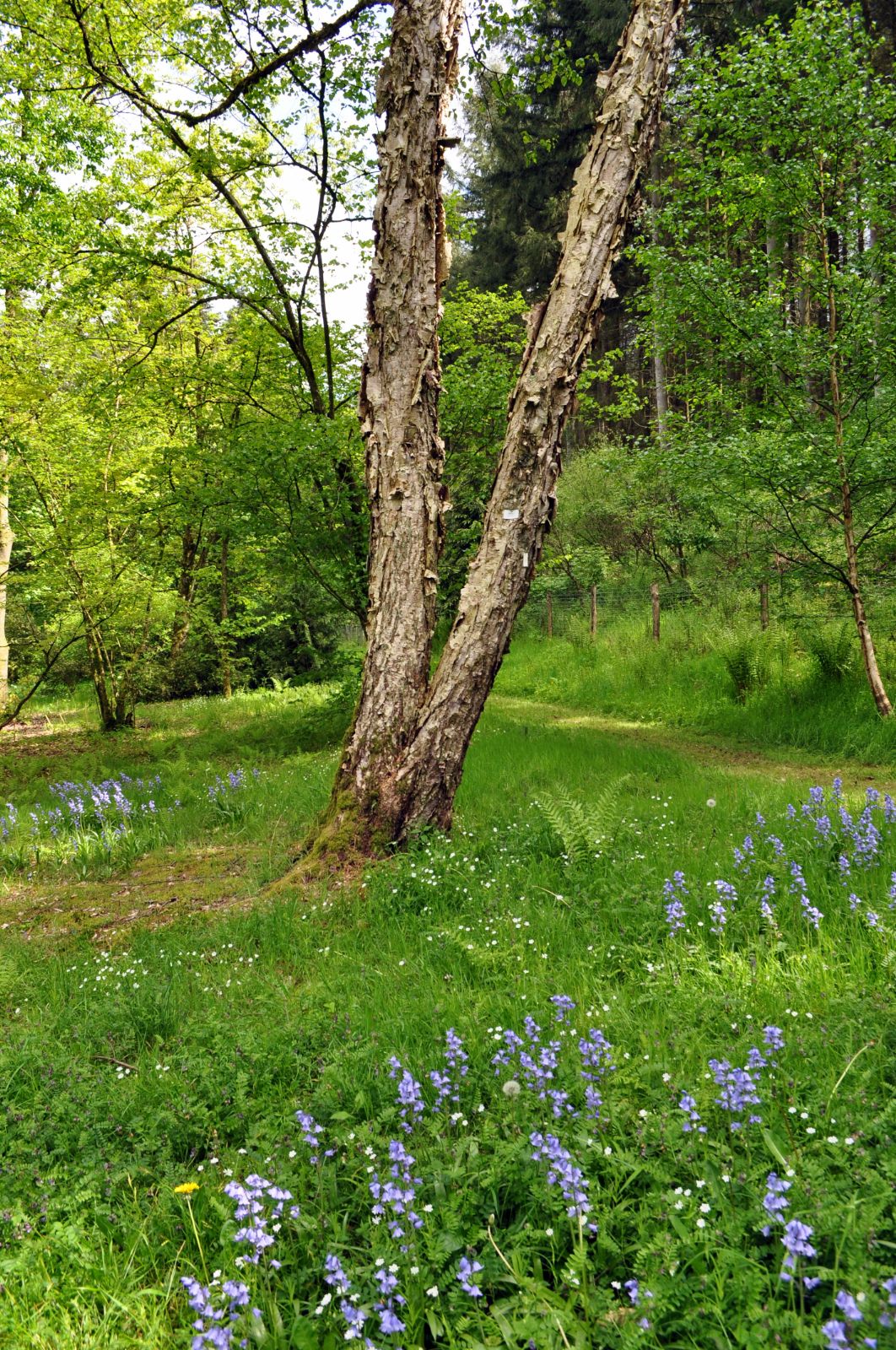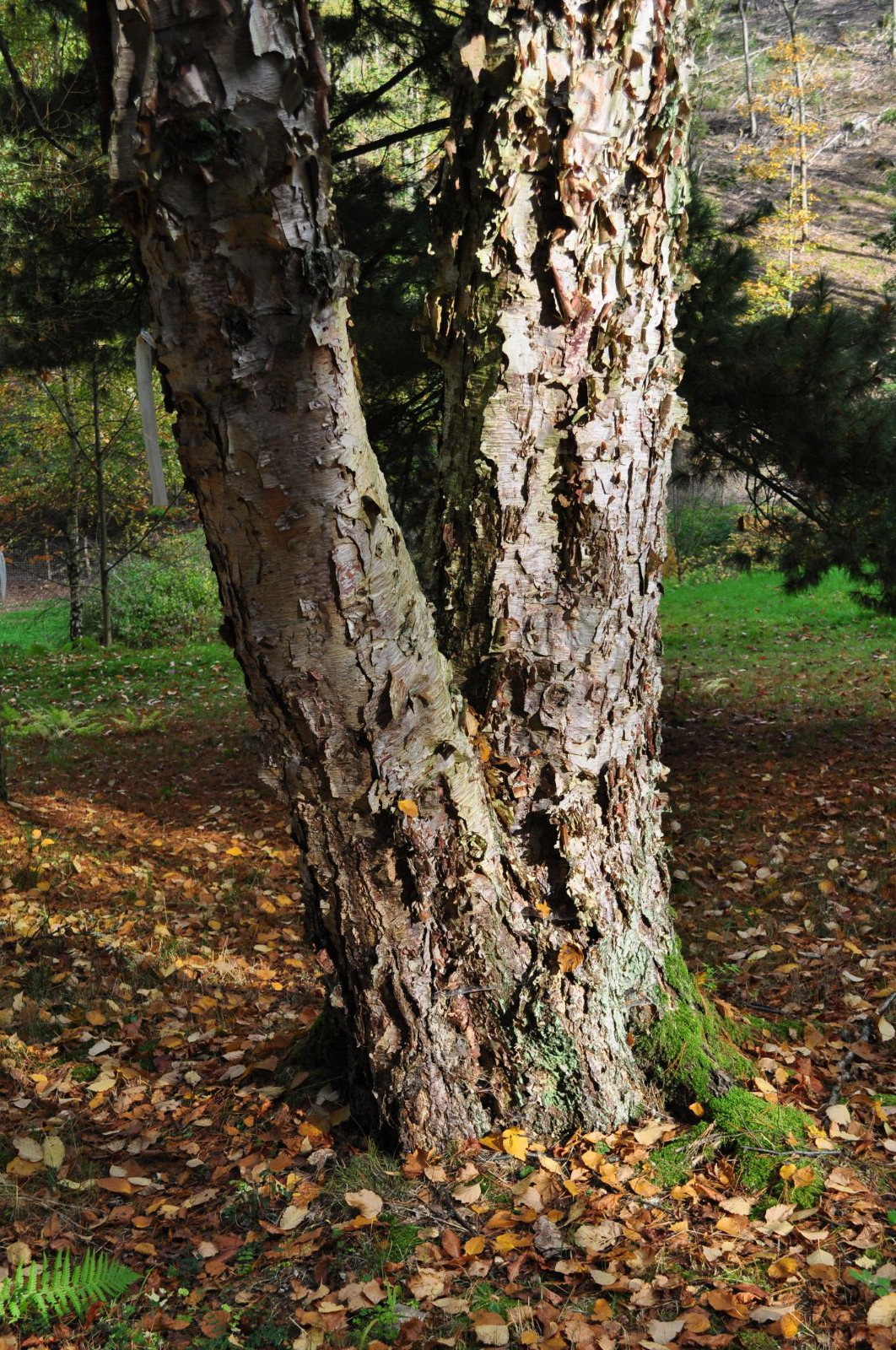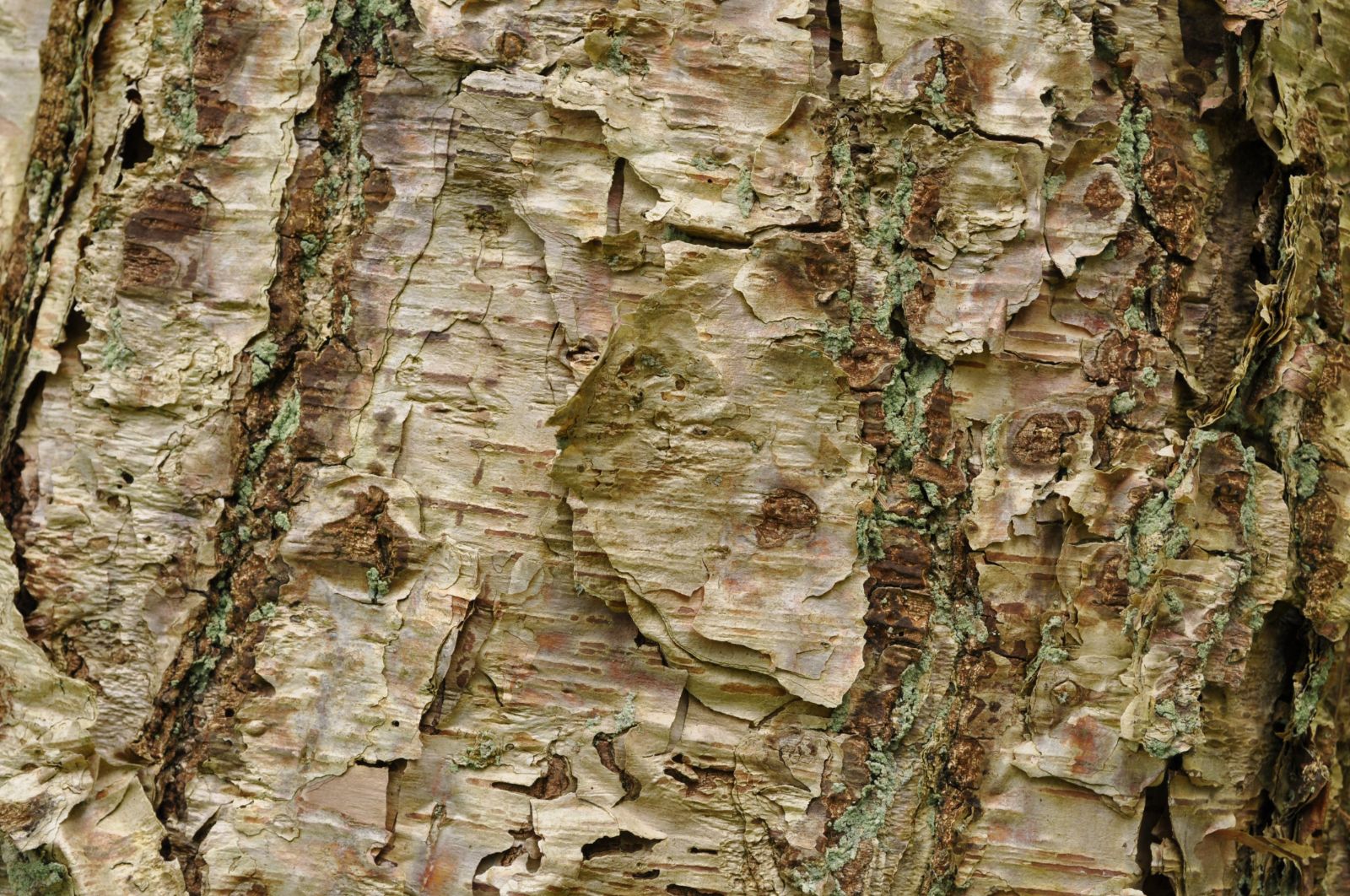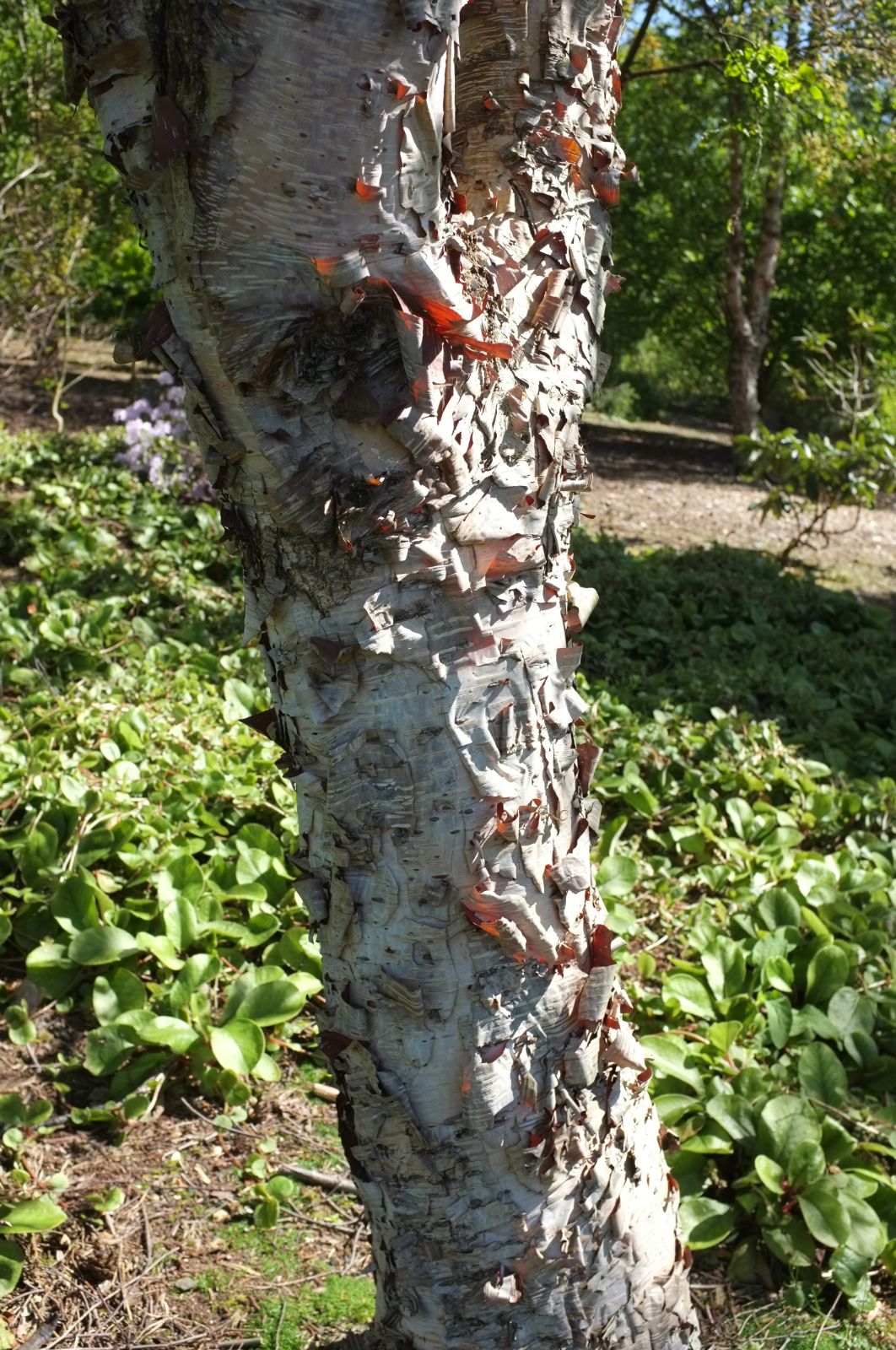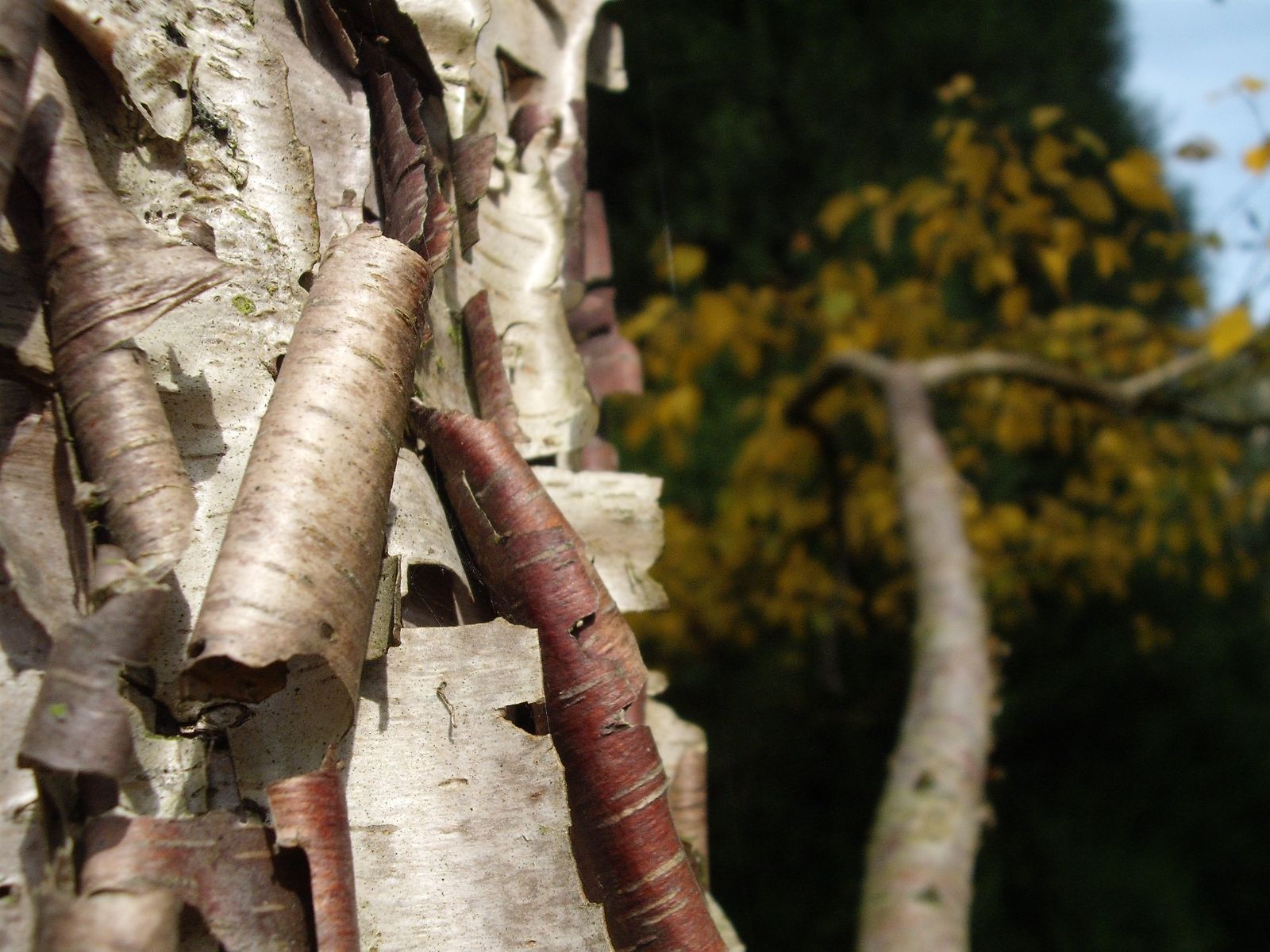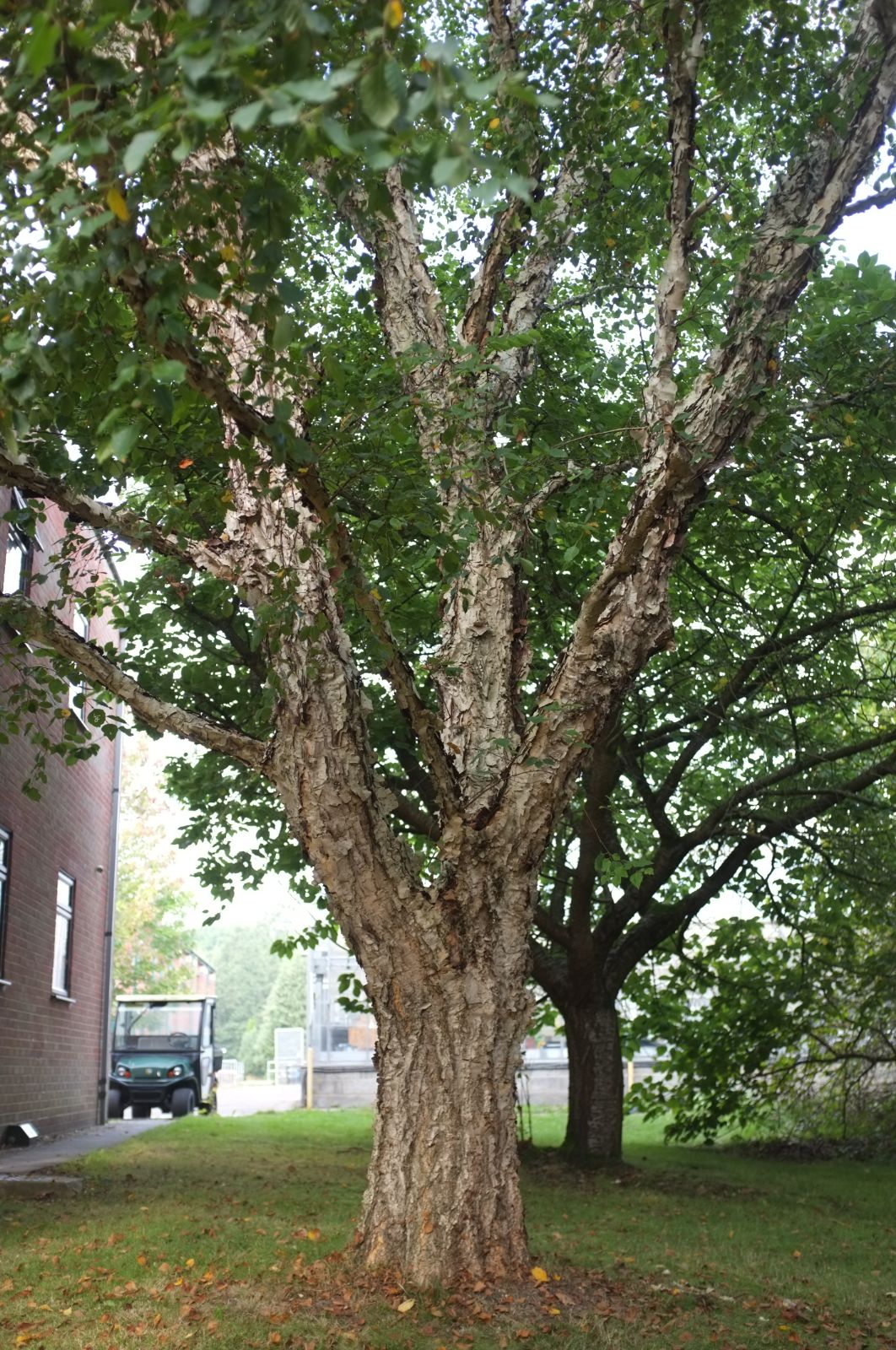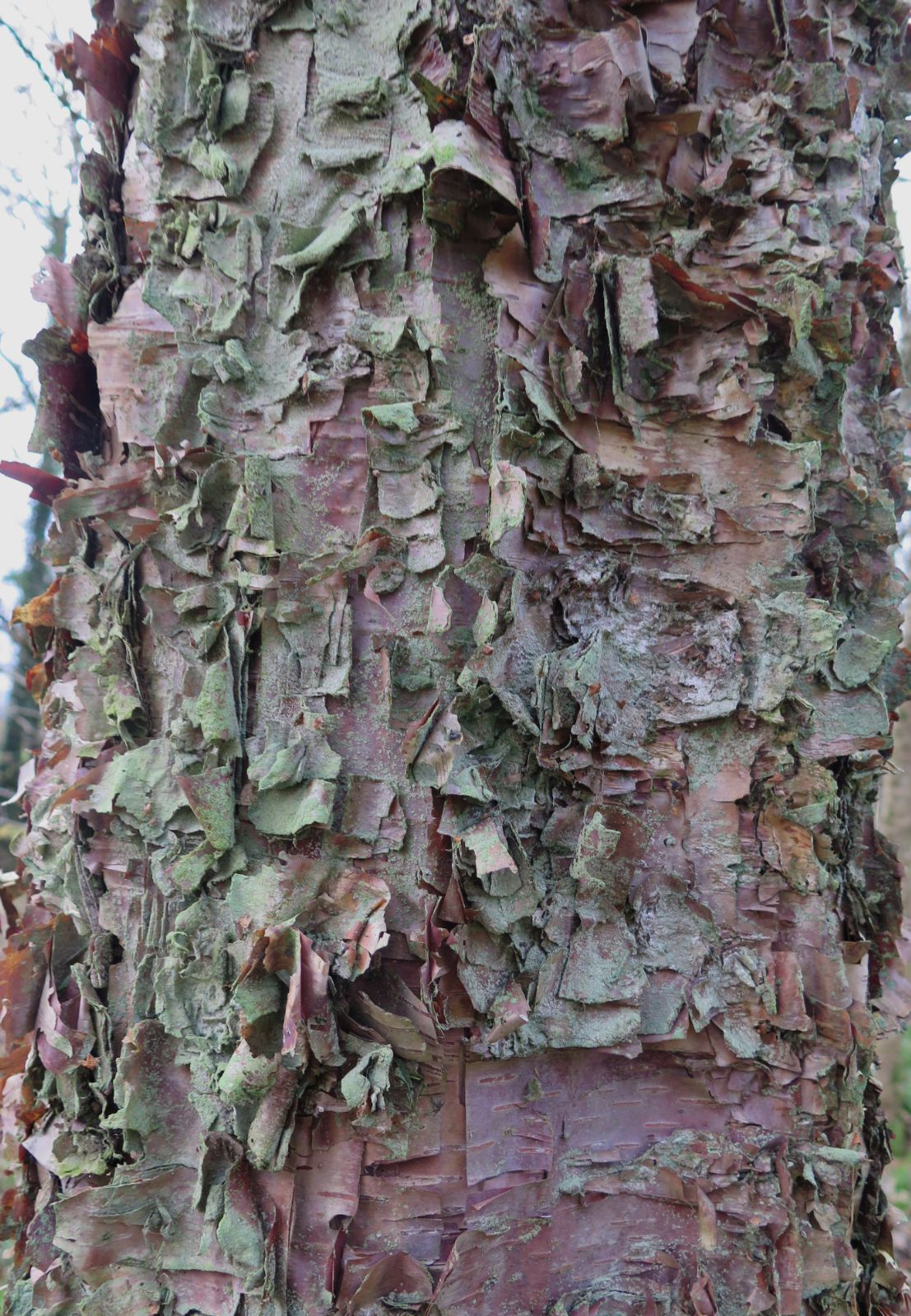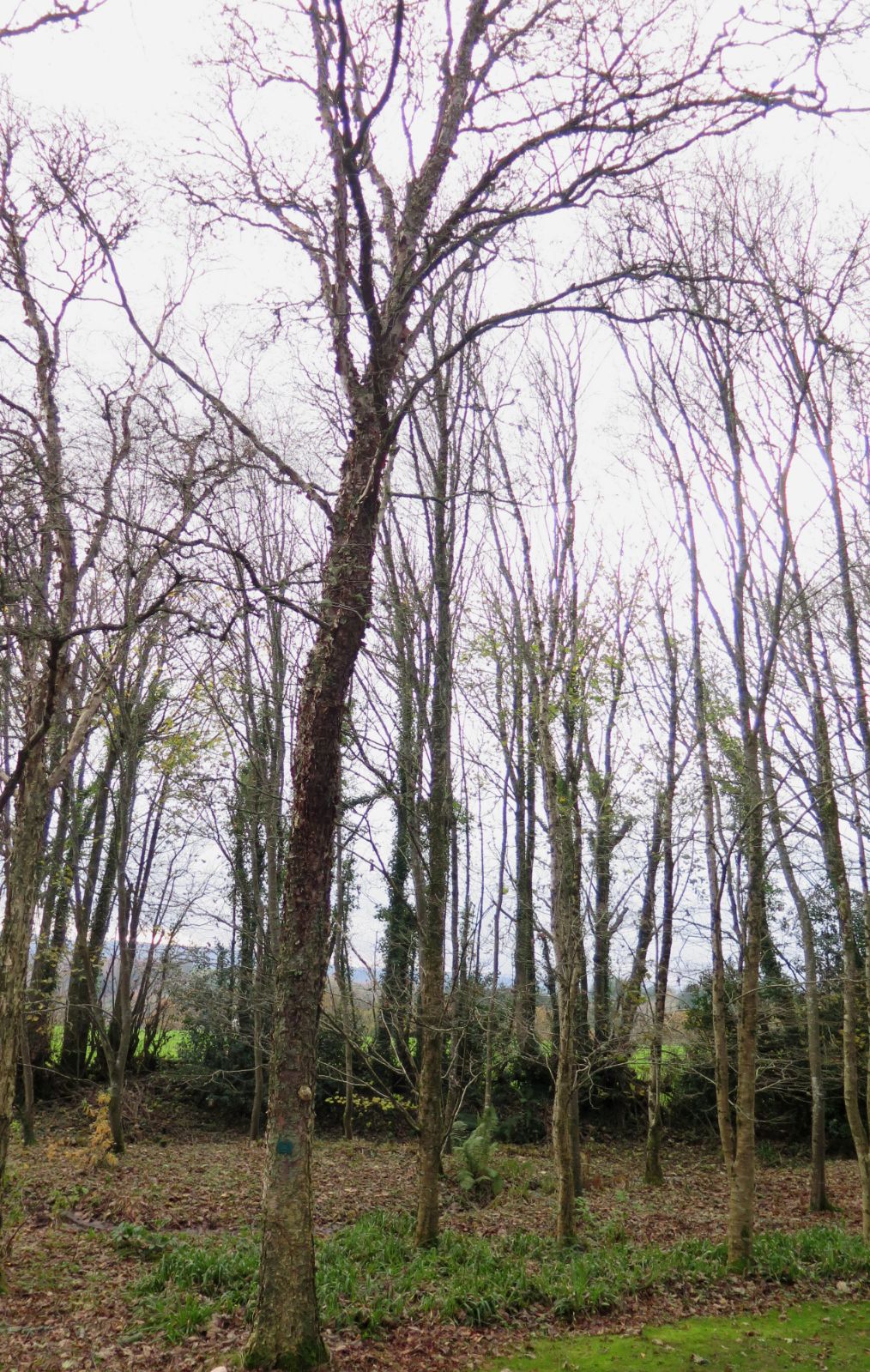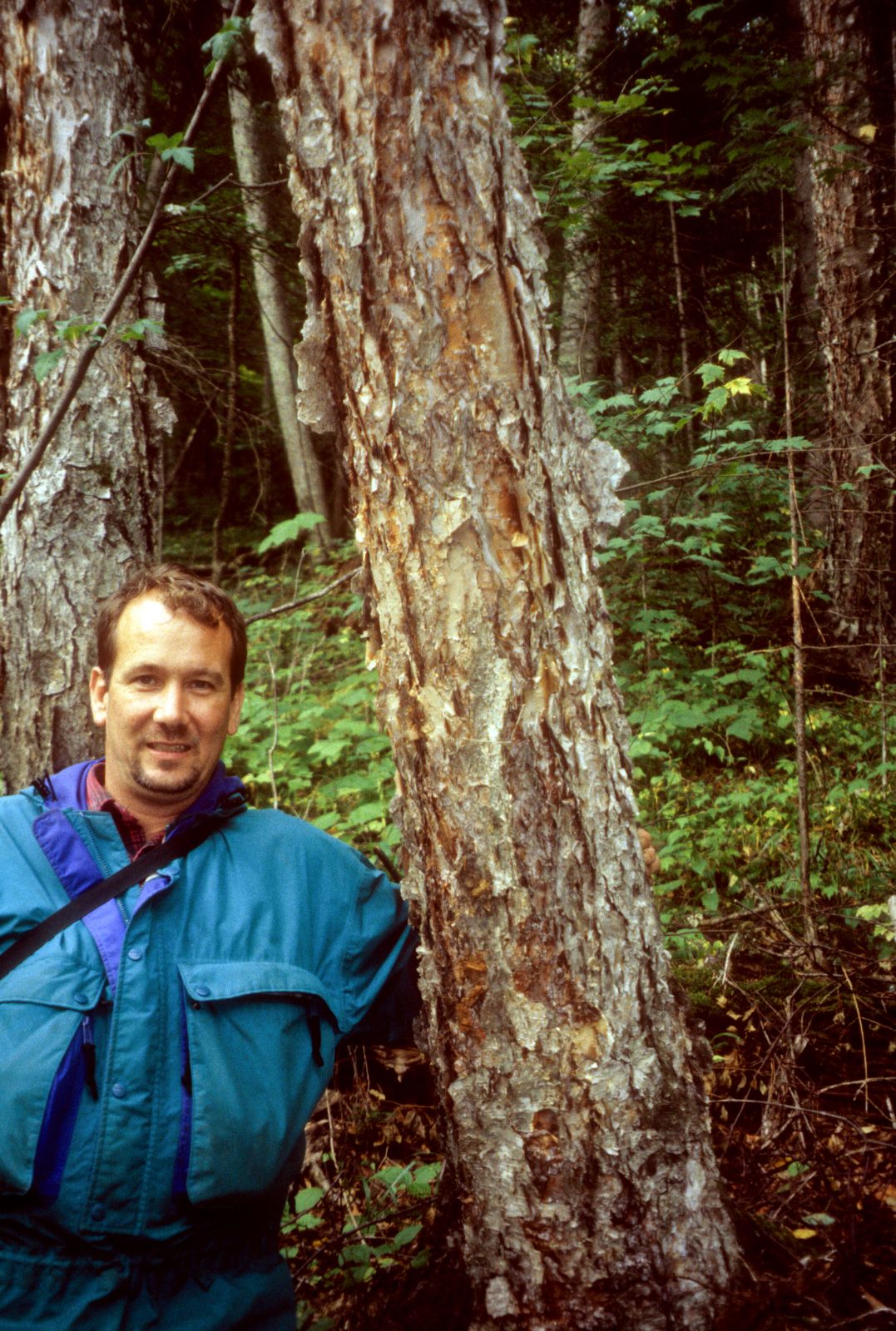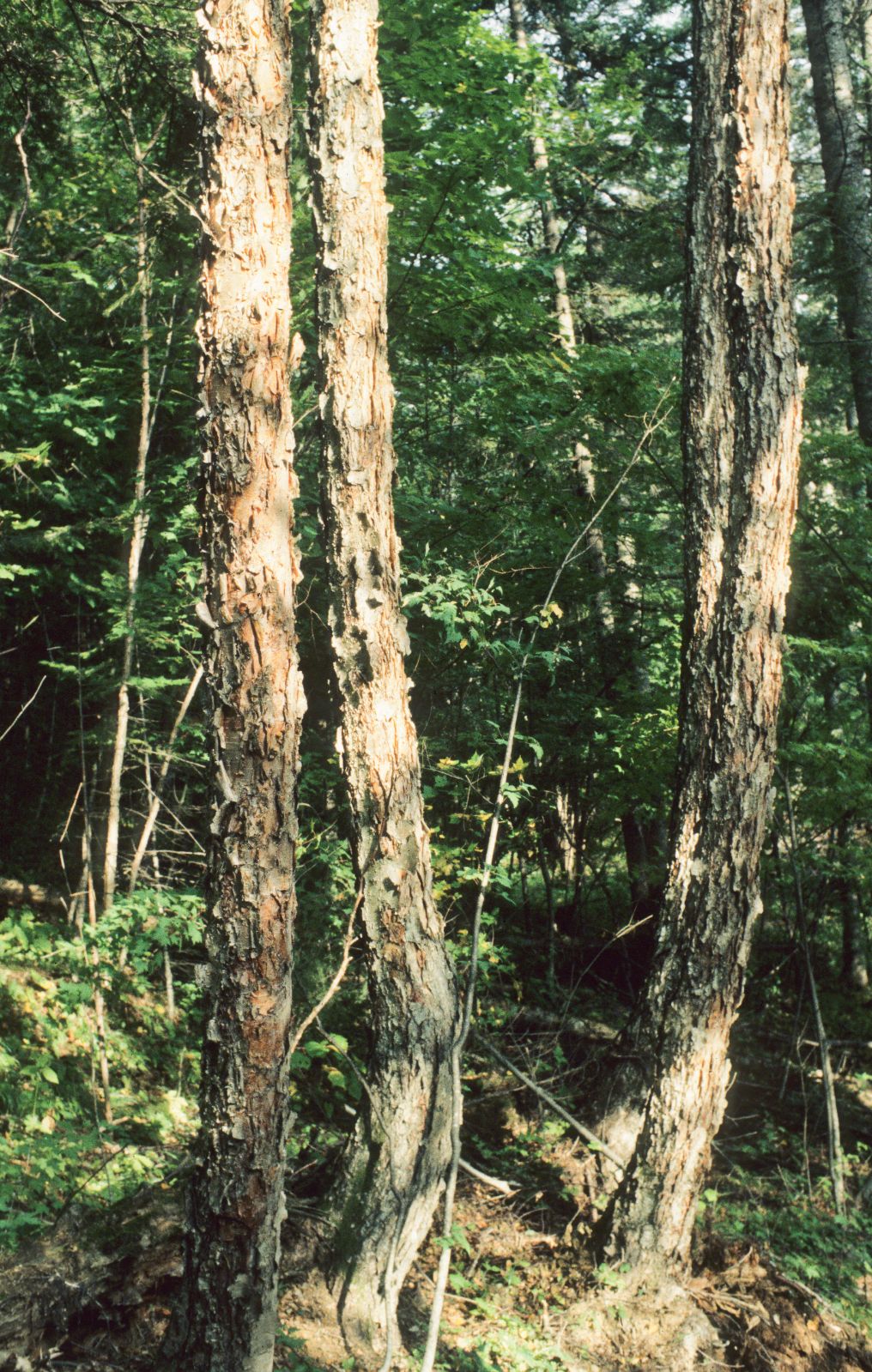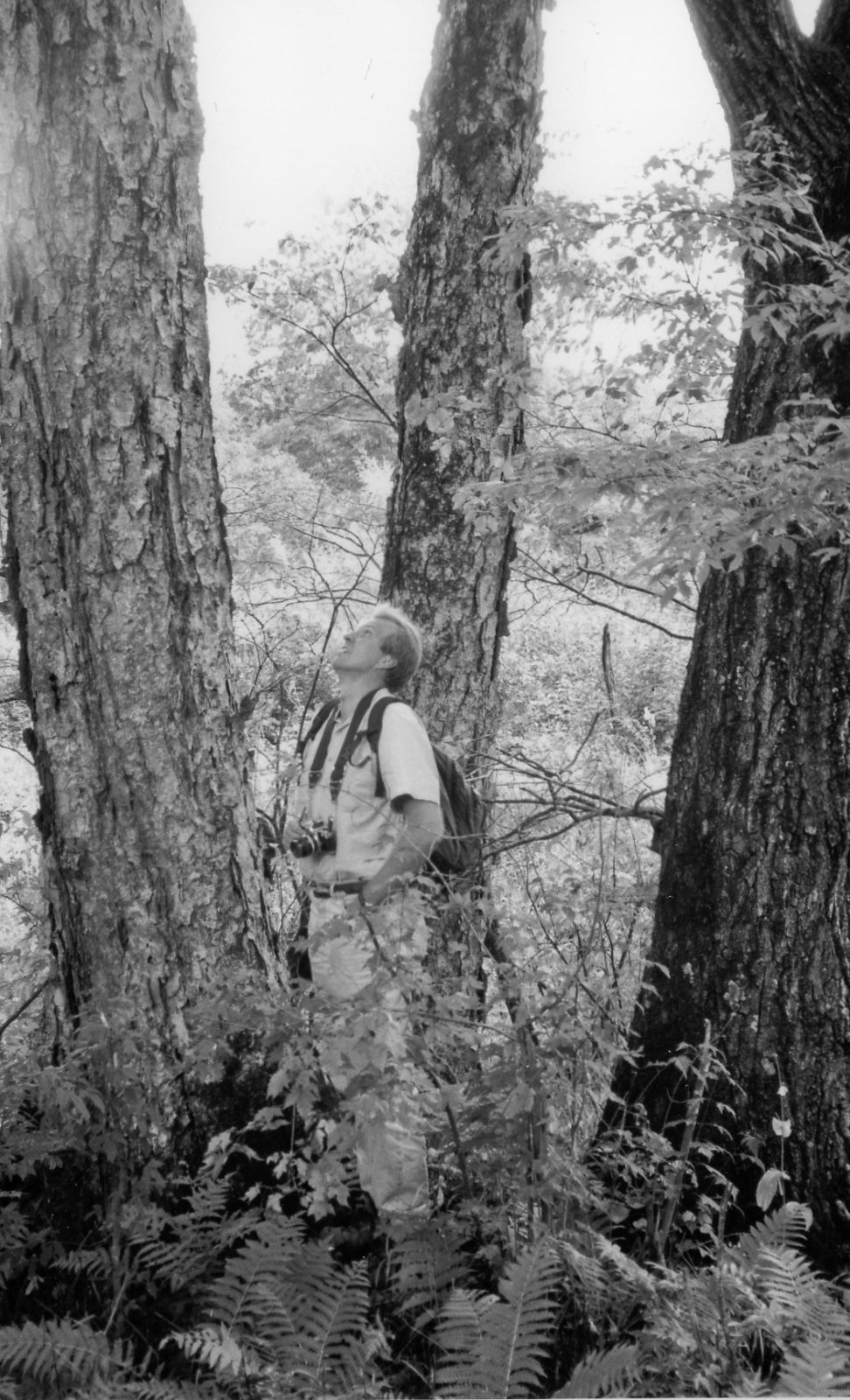Betula davurica
Credits
Article from Bean's Trees and Shrubs Hardy in the British Isles
Recommended citation
'Betula davurica' from the website Trees and Shrubs Online (treesandshrubsonline.
Genus
Synonyms
- Betula dahurica Pall. orth. var.
Other taxa in genus
- Betula albosinensis
- Betula alleghaniensis
- Betula × aurata
- Betula bomiensis
- Betula × caerulea
- Betula chichibuensis
- Betula chinensis
- Betula coerulea-grandis
- Betula cordifolia
- Betula corylifolia
- Betula cylindrostachya
- Betula delavayi
- Betula ermanii
- Betula forrestii
- Betula glandulosa
- Betula globispica
- Betula grossa
- Betula humilis
- Betula insignis
- Betula jacquemontii
- Betula lenta
- Betula luminifera
- Betula lutea
- Betula mandshurica
- Betula maximowicziana
- Betula medwediewii
- Betula nana
- Betula neoalaskana
- Betula nigra
- Betula occidentalis
- Betula papyrifera
- Betula pendula
- Betula platyphylla
- Betula populifolia
- Betula potaninii
- Betula pubescens
- Betula pumila
- Betula raddeana
- Betula schmidtii
- Betula szechuanica
- Betula tianschanica
- Betula × utahensis
- Betula utilis
A tree 60 ft or more high in nature, the trunk clothed with curling flakes of papery bark, giving it a curious, ragged appearance; bark at first warm brown; young shoots sparsely downy, thickly covered with glandular warts. Leaves ovate, 2 to 4 in. long, 11⁄2 to 3 in. wide; broadly wedge-shaped or almost straight across at the base, pointed, coarsely and unequally toothed; dark green and glabrous above, downy beneath along the midrib. Veins six to eight pairs; leaf-stalk about 1⁄2 in. long.
Native of Manchuria, N. China, and Korea; introduced to Kew by Dr Bretschneider in 1882, but not a species of much promise, having a failing common to trees of this region in starting early into growth and being cut back by frost. In upland country it would, no doubt, thrive better. In the curious ruggedness of its bark it resembles B. nigra. The present example at Kew is twenty-five years old and about 25 ft high; it is reasonably hardy.
From the Supplement (Vol. V)
This species, rare in cultivation, is represented at Hergest Croft, Herefordshire, by a tree measuring 98 × 8 ft (1985).

